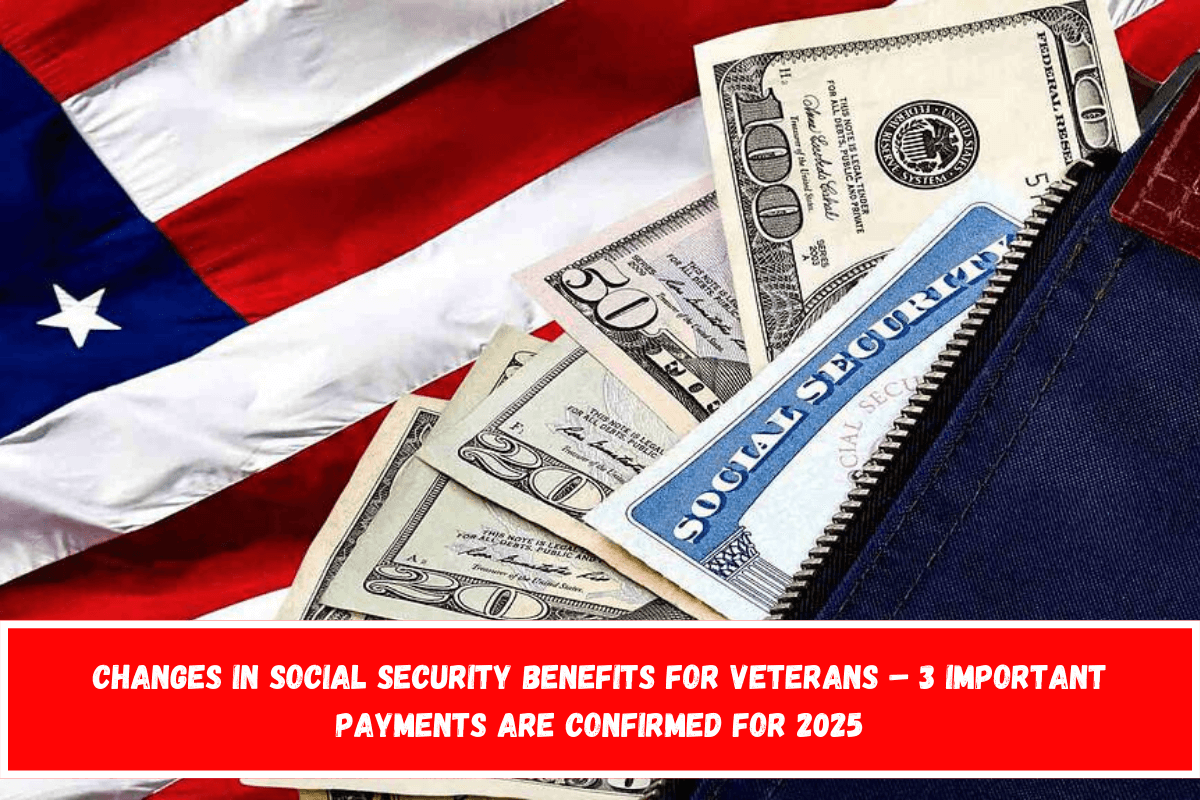When most people think of Social Security beneficiaries, they don’t immediately think of Veterans, although this group accounts for a sizable share of those receiving benefits in the country.
War veterans have access to key benefits under the US Social Security system, which are integrated with disability payments from the Department of Veterans Affairs (VA) and the Supplemental Security Income (SSI) program. Veterans with disabilities may be eligible for Social Security Disability Insurance (SSDI) as well as VA benefits.
Given the complexities of these systems, it is not surprising that many people are confused of which benefits they are eligible for and when they will be able to collect them. Both programs offer financial assistance, but the qualification criteria and specific requirements differ.
Those with disabilities caused by active service can benefit from faster processing of their SSDI application by reporting their medical situation, making estimates even more difficult to determine.
What are the main benefits that veterans would receive from Social Security in 2025?
The main benefits that veterans would receive from Social Security in 2025 are the following.
- If you are a former member of the United States Armed Forces and are unable to work due to a disability, you may be eligible for SSDI payments. In other circumstances, veterans end their employment owing to service-related accidents and seek these benefits to survive. Payments might range from $800 to $1,000, based on their history, the severity of their impairment, and the care they require.
- If you are a veteran over the age of 65 or have a disability, you can apply for SSI benefits. This benefit is not available to everyone; those who are eligible must have an income that does not exceed a specific monthly limit. Those who seek to get this benefit must go through further financial screening to guarantee that they are under the limit and that their financial situation is stable enough to continue receiving it. Because the goal is to eliminate the need for SSI, this program offers vocational resources to assist veterans in finding new jobs. This means that individuals who are still able to work will receive greater assistance in becoming gainfully employed.

How do these complement a VA pension?
These benefits will complement Veterans Pension benefits, which have their own complex eligibility requirements. In order to receive a VA pension you must:
- Have received an honorable discharge AND
- Have a yearly family income and net worth that is below a certain limit set by Congress. Net worth includes all personal property you own (except your house, your car, and most home furnishings), minus any debt you owe. Net worth also includes the net worth of your spouse.
If you meet these requirements, you then must meet an additional one about your service to ensure that you are eligible:
- Started on active duty before September 8, 1980, and served at least 90 days on active duty with at least 1 day during wartime, or
- Started on active duty as an enlisted person after September 7, 1980, and served at least 24 months or the full period for which you were called or ordered to active duty (with some exceptions) with at least 1 day during wartime, or
- Were an officer and started on active duty after October 16, 1981, and you hadn’t previously served on active duty for at least 24 months
For those who fulfill at least one of these requirements, there is an additional condition they have to meet:
- Be at least 65 years old, or
- Have a permanent and total disability, or
- Be a patient in a nursing home for long-term care because of a disability, or
- Be entitled to get SSDI or SSI
Also See:- SNAP Payments November Start Today – Up to $292 check food stamp paydays















Leave a Reply